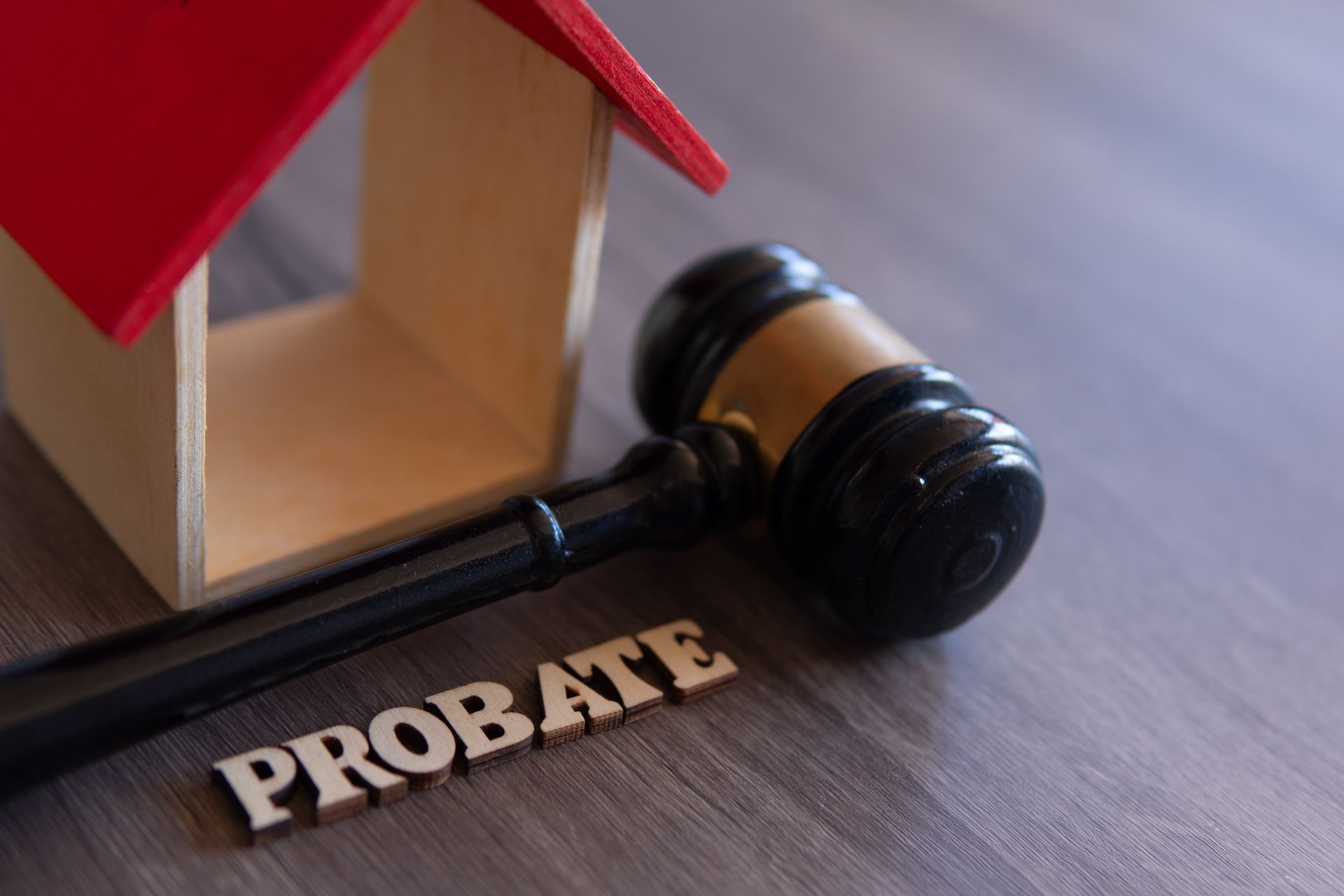Can a Trustee Remove a Beneficiary from a Trust? What You Need to Know?
Under normal circumstances, a trustee of a trust is given broad latitude to manage the trust’s assets for the benefit of its beneficiaries. The trustee does this by managing the trust’s property and making decisions about how to reinvest trust assets.
Trustees are generally required to act in the best interests of beneficiaries, but there are situations where removing a beneficiary from a trust is appropriate.
For example, a beneficiary may be an adult child who has demonstrated poor financial judgment in the past, or it could be someone with drug problems or another serious issue that makes them unfit to continue as a beneficiary.
Because trustees are fiduciaries with special responsibilities regarding trust beneficiaries, there are specific rules governing when and how they can remove beneficiaries from trusts.
The Basics of Trustee Removal Rights
Trustees are entitled to remove beneficiaries from a trust if there is a valid reason for doing so. The specific circumstances and conditions under which a trustee may remove a beneficiary vary according to the state where the trust is set up.
In most cases, the trustee’s ability to remove one of the beneficiaries from a trust is subject to judicial review. However, in some states, the trustee can remove a beneficiary at any time, as long as he or she has a valid reason for doing so.
Broadly speaking, the trustee’s right to remove is intended to protect the trust itself. Since trusts are meant to last indefinitely, trustees can use their removal rights as a last resort to protect the trust from someone who is endangering its long-term viability.
What Are the Reasons for Trustee Removal?
Trustees must have valid reasons for removing a beneficiary from a trust. Depending on the state where the trust is set up, trustees must have one or more of the following reasons to justify removing a person from a trust:
Conflicts of interest: This is the most common reason for removing a beneficiary from a trust. If a beneficiary is working as a trustee or co-trustee, or is otherwise involved in managing the trust, there can be a conflict of interest.
This is often the case when the beneficiary is a family member who is also a beneficiary of the trust.
Incompetence: This could be related to the beneficiary’s age or mental capacity.
Bad behavior: This could include criminal acts, dishonest financial practices, or abuse of the trust property. Bad behavior is arguably the most controversial reason for removing a beneficiary from a trust.
The inability to provide for himself: If a beneficiary is unable to provide for himself, such as when he is terminally ill, there are valid reasons to remove him from the trust.
How Does a Trustee Go About Removing a Beneficiary?
The trustee has to follow state law if they wish to remove a beneficiary. State laws vary, but they generally require the trustee to notify the beneficiary in writing of the reasons for removal, and to give him the chance to respond.
In some cases, the trustee must also give the beneficiary a hearing during which he can present his case. If the beneficiary is removed from the trust, he will no longer be entitled to any benefits from it. After removal, the trust assets will be distributed to the remaining beneficiaries.
Conflicts of Interest and Bad Behavior
A trustee can remove a beneficiary for bad behavior if the behavior is serious enough to threaten the trust’s continued existence. In this case, the trustee’s findings must be reviewed by a state court to determine if the beneficiary should be removed from the trust.
Depending on the circumstances, a court may remove the beneficiary from the trust and also appoint a new trustee to oversee managing the trust’s assets. For example, if a beneficiary is stealing from the trust, or diverting trust assets to his own benefit, the court may remove him and replace him with a new trustee.
When Does a Trustee Have the Right to Remove a Beneficiary?
A trustee can remove a beneficiary if the individual is unable to provide for himself, or if he is terminally ill and likely to die within a short period of time. In both cases, the beneficiary is unlikely to receive any benefits from the trust, and removing him will not significantly impact the remaining beneficiaries.
The trustee’s findings must be reviewed by a state court to determine if the beneficiary is indeed unable to provide for himself. If the court approves the removal, the beneficiary will be removed from the trust and will not be entitled to any benefits from it.
Limitations on the Right to Remove a Beneficiary
A trustee might be able to remove a beneficiary if the person is unable to provide for himself, or if he is terminally ill, but only after obtaining approval from a state court. In addition, the trustee must notify the beneficiary in writing of his removal and provide the reason.
The trustee must also give the beneficiary a hearing at which the beneficiary can defend himself against the charges and make a case for remaining in the trust. If the court approves the removal, the beneficiary will be removed from the trust, and will not be entitled to any benefits from it.
What Happens When a Beneficiary Is Removed?
When a beneficiary is removed from a trust, the trust assets will be distributed to the remaining beneficiaries. In some cases, the trust assets may be distributed in the same proportion as they were originally. Alternatively, the trustee may distribute the assets in a different way, such as giving more to one beneficiary than the others because he has special needs that require additional support.
Get in Touch with Doane & Doane Today
You've created a trust to provide for your loved ones after you're gone. But what happens if one of the beneficiaries no longer needs or deserves the money? Can a trustee remove a beneficiary from the trust? Call Doane & Doane today for legal guidance concerning these questions and more.
Phone:
561-656-0200
Contact us
The information in this blog post is for reference only and not legal advice. As such, you should not decide whether to contact a lawyer based on the information in this blog post. Moreover, there is no lawyer-client relationship resulting from this blog post, nor should any such relationship be implied. If you need legal counsel, please consult a lawyer licensed to practice in your jurisdiction.
Disclaimer: The information on this website and blog is for general informational purposes only and is not professional advice. We make no guarantees of accuracy or completeness. We disclaim all liability for errors, omissions, or reliance on this content. Always consult a qualified professional for specific guidance.
RECENT POSTS






